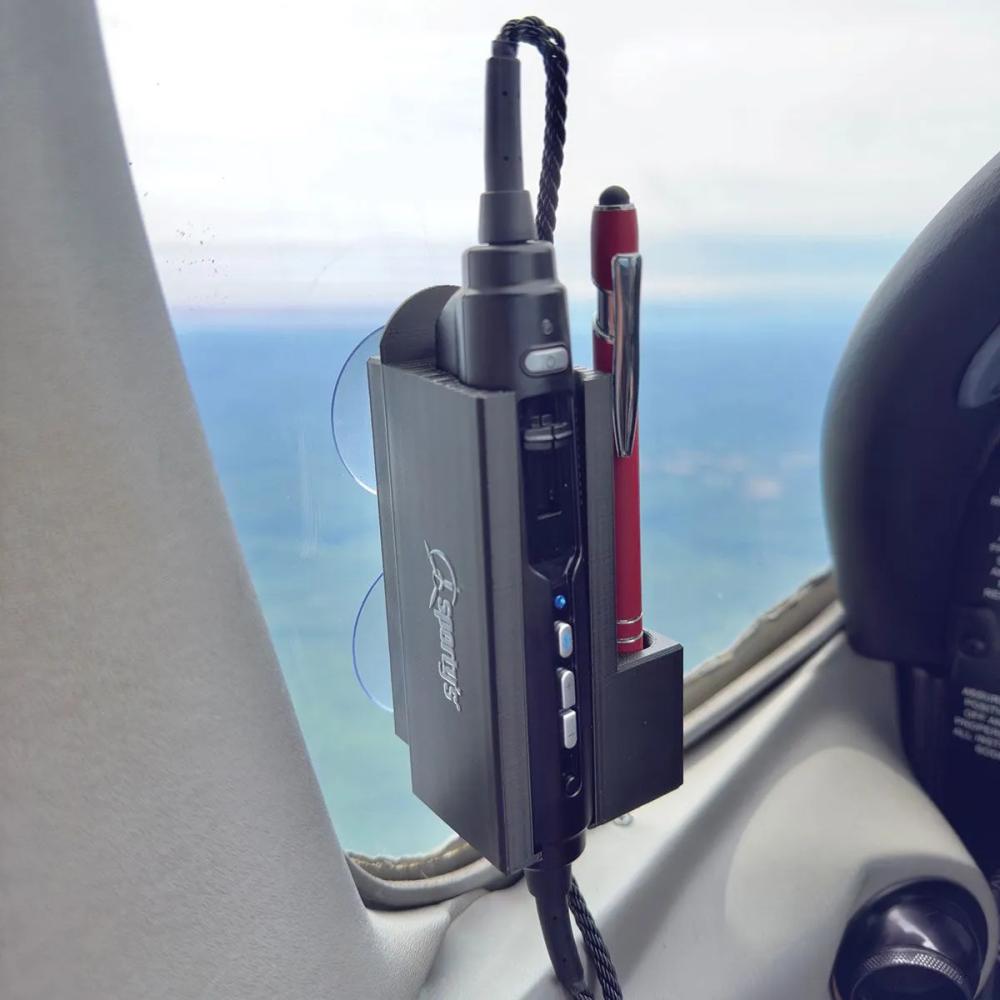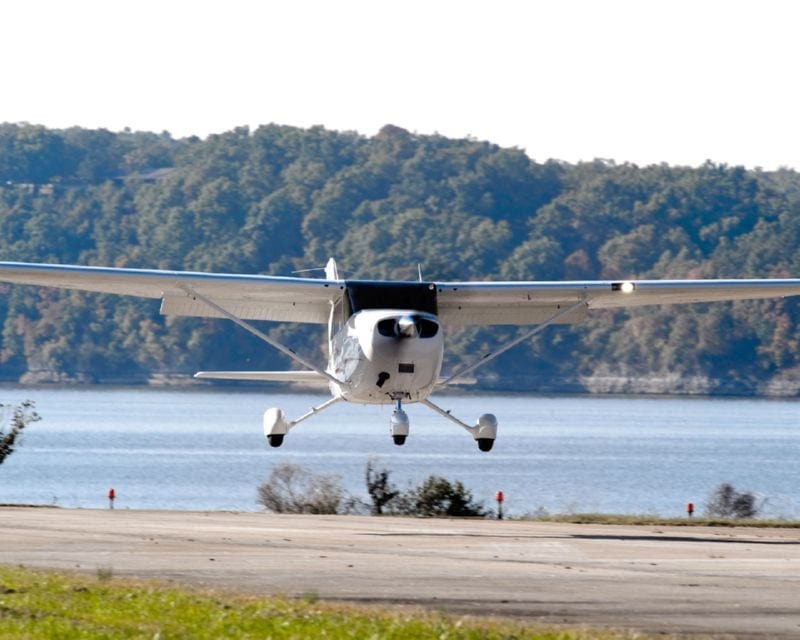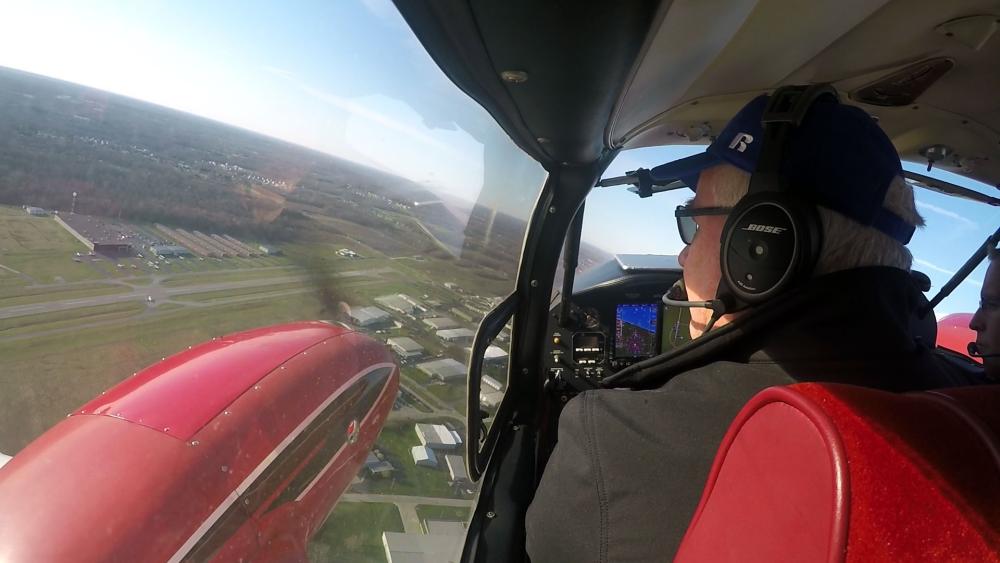As summer temperatures climb, density altitude becomes more than just a textbook concept—it becomes a real-world performance factor that can catch even experienced pilots off guard.
So what is density altitude, really?
In simple terms, density altitude is the altitude your airplane thinks it’s operating at, based on the current air density. As temperature, humidity, and elevation increase, air becomes less dense. This means your engine produces less power, your wings generate less lift, and your propeller becomes less efficient.
The result?
-
Longer takeoff rolls
-
Reduced climb rates
-
Higher true airspeeds (and longer landing distances)
Even at a relatively low-elevation airport, a hot and humid day can push the density altitude thousands of feet above sea level. That’s why it’s critical to check it as part of your preflight planning.
Where to find it?
ForeFlight makes it easy—just tap on any airport and scroll to the METAR section. You’ll see the current density altitude listed right below the weather report. Many AWOS and ATIS broadcasts include it too.

CFI tip:
If your airplane’s performance charts say you’ll use 1,800 feet of runway at 85°, you may need significantly more on a 100° day with high humidity. Know your numbers and consider a short-field technique—even if the runway seems long enough.






